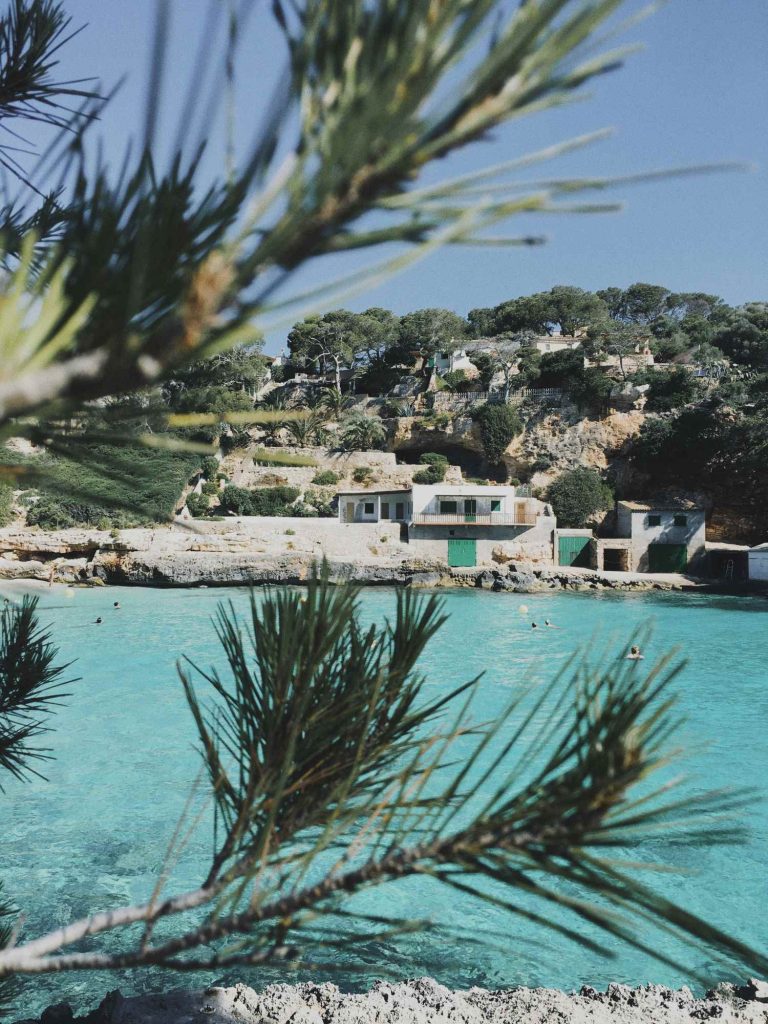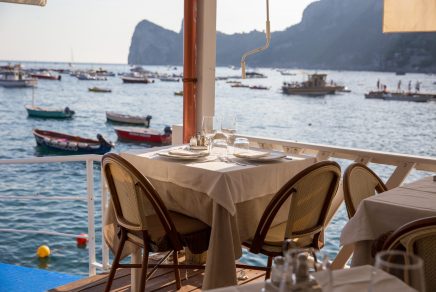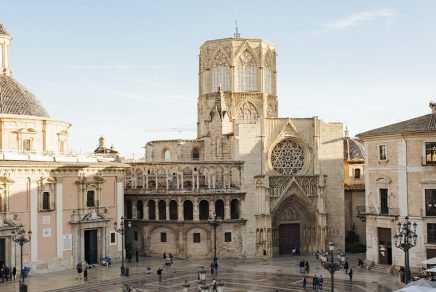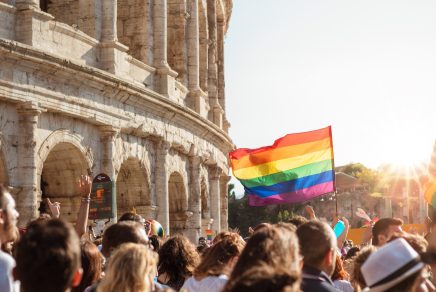About 200 kilometers south of Barcelona lie the Balearic Islands, an archipelago of natural and cultural treasures. Among them, Majorca shines brightly! Along with its neighbor Minorca, these islands are synonymous with nearly perpetual sunshine, relaxation on idyllic beaches, and breathtaking landscapes. Majorca, the largest of the Balearics, is a destination that combines urban excitement, picturesque villages, and spectacular coastlines. It attracts millions of visitors each year thanks to its rich heritage, delicious cuisine, and warm ambiance. Whether you’re seeking rest, adventure, or cultural discoveries, Majorca will meet all your expectations. Here’s a quick tour of the must-see attractions during your visit to Majorca.
Strolling through its capital, Palma de Majorca
Just beyond the bay of Palma and its hotels and nightclubs lies the charm of the old town. This is where you should wander and lose yourself in the narrow streets. You’ll quickly come across the unmissable Cathedral of Santa Maria of Palma, a true architectural masterpiece. With its Gothic inspiration, the exterior is splendid, but it’s inside that you truly grasp the grandeur of the building. Admire the work of Gaudí, who let his imagination run wild (as a precursor to the Sagrada Familia), as well as the colorful stained glass windows. After visiting the cathedral, head to the Almudaina Palace, a former Muslim castle. Palma de Majorca is also rich in museums, such as the Es Baluard Museum of Modern and Contemporary Art and the Pilar and Joan Miró Foundation, dedicated to the work of this surrealist painter.
Discovering the perched villages of the Tramuntana
Taking the Ma-10 road on the west coast of Majorca, you’ll find yourself in the heart of the Tramuntana, discovering charming perched villages, as if frozen in time.
From north to south:
- Fornalutx, one of the most beautiful medieval villages on the island. You could spend hours wandering its streets and stairs, admiring the delicately flowered houses.
- Sóller, nestled in the mountains. Take time to stop at its central square, explore the small shops, and especially ride the wooden tram that tours the center.
- Deià, now a UNESCO World Heritage site for its traditional Majorcan houses. From the village, perched on a hill, you have a breathtaking view of the ocean.
- Valldemossa, known for its stone houses and azulejos. The village also gained fame for hosting the love affair of George Sand and Frédéric Chopin (a festival dedicated to the composer is held every August).
Soaking up the views on the north coast of Majorca
The north of the island of Majorca is simply magnificent. Cap Formentor, at the very northern tip of the island, offers landscapes that feel like the end of the world. You travel along a winding road dotted with exceptional panoramas of the rugged coastline against the deep blue sea. At the end, the Formentor Lighthouse stands proudly over 200 meters above the horizon.
The panoramic road of Sa Calobra is as winding as it is impressive. Over 12 kilometers, a series of hairpin turns traverses jagged rocks, offering spectacular views of a landscape with a 700-meter elevation change. At the end of this journey, the beach of Sa Calobra awaits with its turquoise waters.

Relaxing on crystal-clear beaches
Beach lovers, rest assured, Majorca is not lacking in stunning beaches! In fact, they all seem to compete for the title of the most paradisiacal beach. Majorca’s most famous beach, Platja d’Es Trenc, offers 3 kilometers of white sand, turquoise water, and some pine groves for shade. In the northeast of Majorca, Cala Agulla attracts both tourists and locals with its fine sand, shallow clear water, and scenic hills in the background.
Cala Mondragó is just as heavenly as the other beaches and has the added advantage of being a magical diving spot. Explore the underwater world and marvel at the rich aquatic life in this beautiful bay.








